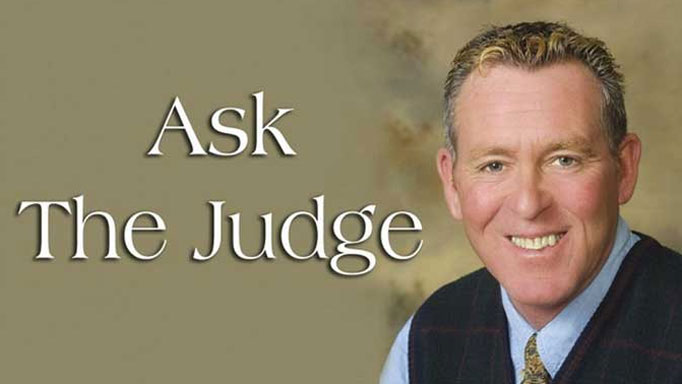How would you explain to an inexperienced onlooker (or bill-paying parent) what you are looking for in a hunter round?
I came across this review that is a brief and helpful summary:
“Hunter classes judge the horse. A hunter should have a long, low, ground-covering stride and jump the fences easily, smoothly and with consistent pace. Hunters are quiet, exhibit good manners both over fences and under saddle and jump courses that involve direct lines and straight-forward fences, usually designed with natural elements and colours. At the conclusion of over-fences classes, hunters are often asked to jog for soundness. They trot in a line in front of the judge before placings are made final. The judge will evaluate the horse’s conformation, health, and overall gait both during the class and in the jog. At the end of class, a judge will assign a hunter and its rider [whose job is to regulate the speed and get the horse to the optimal location in front of the fence to be able to execute a good jump] a numerical score out of 100 based on how well they executed the course and how professional they looked doing it. Shiny boots, well-tailored clothes and a smartly-groomed horse all count in the hunter ring.”
How would you best describe what you are looking for in an equitation class?
Here is an excellent summary of the components I am looking for in an equitation class:
“Equitation classes judge the rider on their form, their guidance of the horse, effectiveness of their aids, position of legs, hands and upper body, and the ability to perform certain tests with style and precision. The rider’s legs should be perpendicular to the ground and quiet, with the heels down. Their hands should be supple and follow the movement of the horse’s head. The upper body should be upright, but relaxed, with a slight arch in the lower back. The rider’s head should be up and looking forward. Equitation classes are generally judged on the flat at the walk, trot, and canter, and over fences. Equitation riders, like hunter riders, are assigned a score out of 100 by a judge based on their performance. The highest score wins.”
In a large flat class, you work all of the entries one way, then call some into the centre of the ring. When they go back out on the rail, do you have to work them both ways, or just in the direction they didn’t go?
You only have to work them in the direction they have not yet gone. It is a time-saver. However, if you are not pressed for time, then working the final group with the best horses both ways is more of a fair contest.
During a flat class, should the ring crew completely vacate the ring?
I prefer that the ring crew vacate the ring so they are not attempting to change or move the jumps, where a sudden movement while the class is in progress could spook a horse or pony.
A low-flying plane goes over your ring while a horse is on course, causing it to bolt from the noise. What do you do?
I would call over to the ingate and allow the entry a re-ride when everything has calmed down up above!

